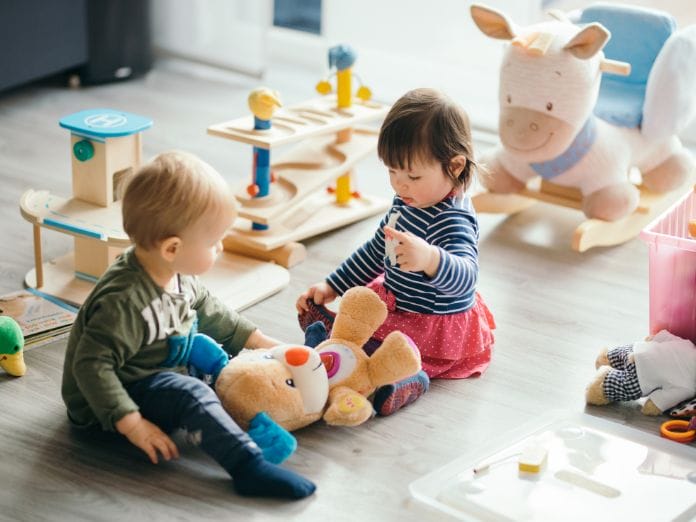Risks to children don’t end in infancy or toddlerhood. Learn 3 ways to prevent common childhood injuries.
Most Common Childhood Injuries
While poisoning, drowning, and suffocation are risks for all children, the American Academy of Family Physicians reports that school-age children are more often injured by car crashes, followed by drownings and burns.
Prevention—Car Accidents
Restraining children in the car is the number one injury prevention strategy for kids when traveling. It’s why you put in a backward-facing car seat for your infant and face the car seat forward when your child is older. When a child outgrows an infant car seat, booster seats are necessary for all kids until they are at least 4 feet 9 inches tall.
Prevention—Drowning
School-age kids risk drowning at home if they bump their heads in the tub, while swimming in the pool, or goof around near buckets or barrels full of water.
Never leave your child unattended around bodies of water, no matter the size or container. Yes, Dad, that means lowering the seat and closing the toilet lid every time. If your child is exceptionally curious about toilets (and some kids with developmental differences are), keep those toilet locks on until you’re sure your kids are safe.
Backyard pools should be surrounded by fences that kids can’t climb, with gates they can’t open. Your local zoning ordinances probably require such fences.
Inflatable kiddie pools are no safer than large, above- or in-ground pools. Supervise children around water at all times. Kids shouldn’t swim in public pools or at beaches where no lifeguards are on duty, despite parental presence.
Prevention—Burns
In addition to locking up matches and lighters, make sure you turn the pot handles toward the back of the stove and keep hot drinks out of reach. A curious kid will want to know what that brown stuff parents drink each morning tastes like and could scald themselves trying to pour a cup of coffee.
Burns cause blisters, which can get infected. In fact, blisters can happen without burns, from things such as ill-fitting shoes and thumb-sucking. In addition to knowing when to seek emergency care for burns, parents should learn proper treatment for blisters, whether caused by burns, shoes, raking the lawn, or prolonged thumb-sucking.
Keep your water heater set no higher than 120° Fahrenheit to prevent scalding. Make sure to test smoke detectors regularly and replace batteries as necessary. Practice your fire escape plan, so kids know what to do in the event of a house fire.
These 3 ways to prevent common childhood injuries are just the start of keeping kids safe. Keeping your parental danger detector switched on at all times may be the best defense against childhood injuries.






